Can Anyone Explain How These Yellow Shadows Are Made from These Blue Lights?
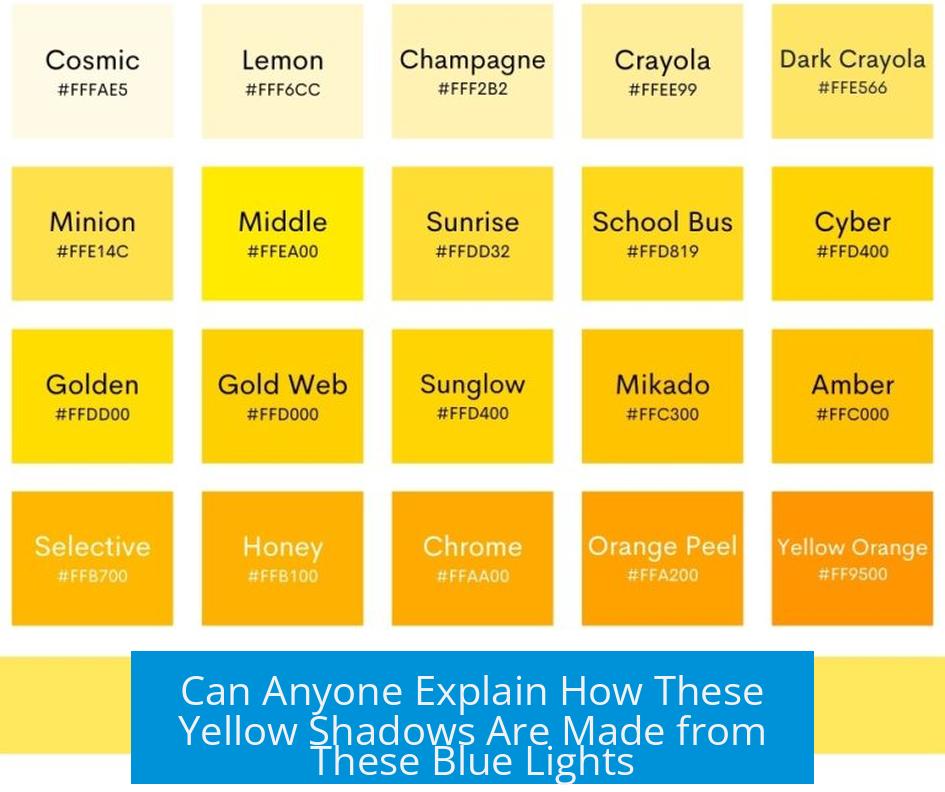
Yellow shadows under blue lights appear because your body blocks the blue light, allowing ambient yellowish light to show on the surface, creating a contrast that your eyes interpret as yellow. This phenomenon occurs due to the interaction of light sources, surface colors, and human color perception rather than a chemical reaction or unusual physical property.
1. How Yellow Shadows Form Under Blue Illumination
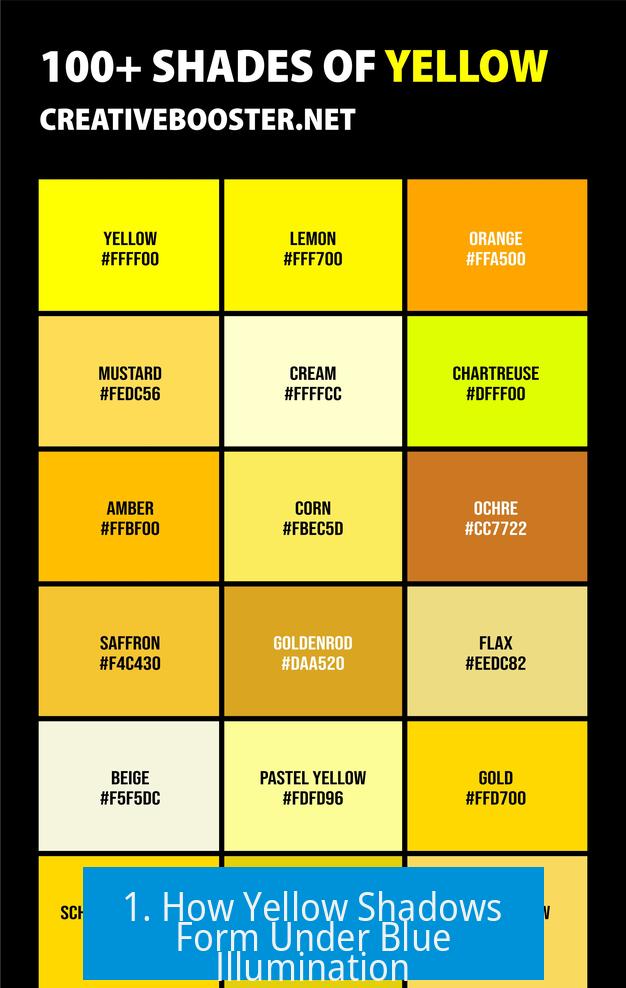
When blue lights illuminate a surface, they dominate the color you see. However, if something blocks that blue light—like your body—the area in shadow no longer receives the direct blue illumination. Instead, it shows the natural color of the surface influenced by other ambient light.
- The shadow region lacks blue light because it is blocked.
- Ambient light, often warmer and more yellow, fills in the shadow area.
- The contrast with the blue-lit surrounding makes the shadow appear distinctly yellow.
For example, the pavement or ground naturally has a yellowish or warmer tone. The blue light brightens the visible plane to a cooler hue, but where the blue is blocked, this warmer ground color becomes visible.
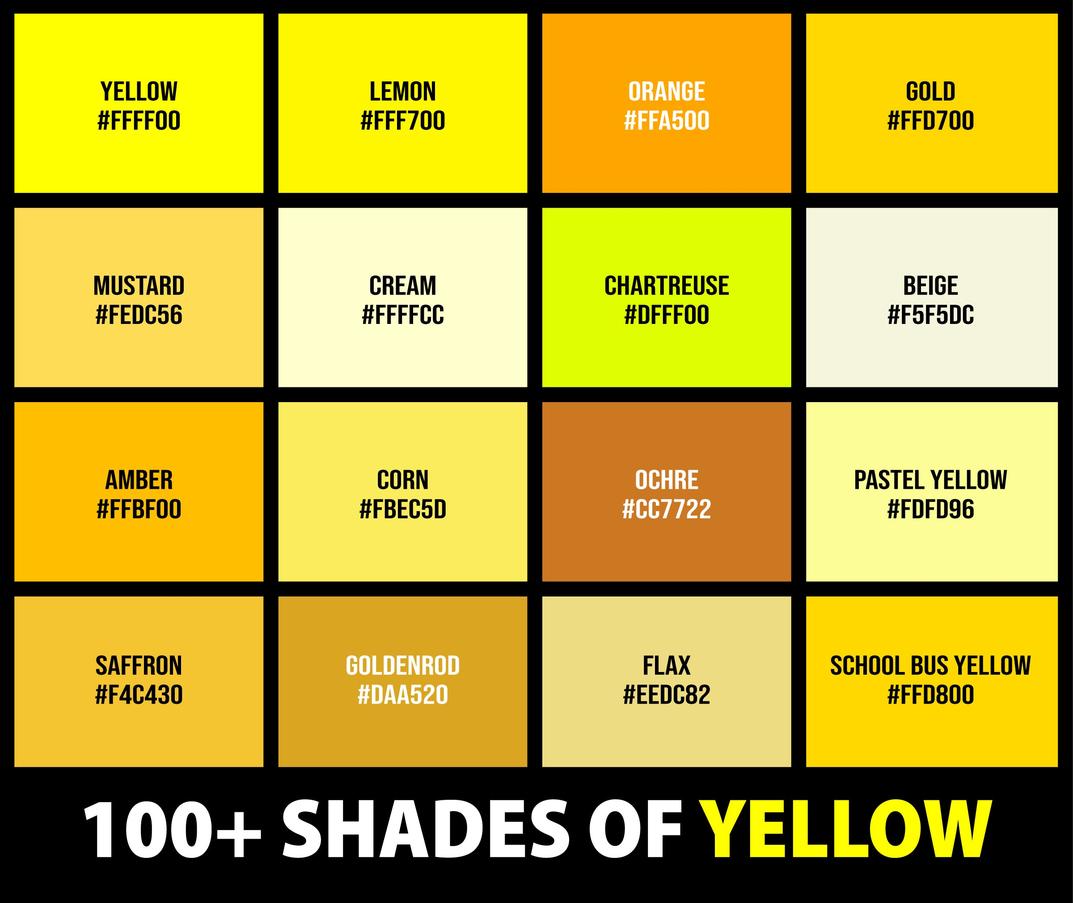
2. Role of Ambient and Blue Light Interaction
The sunlight or other background light sources usually emit a spectrum that leans toward warmer tones, especially in the evening with the sun low on the horizon. Blue street or decorative lights supplement or override parts of this spectrum.
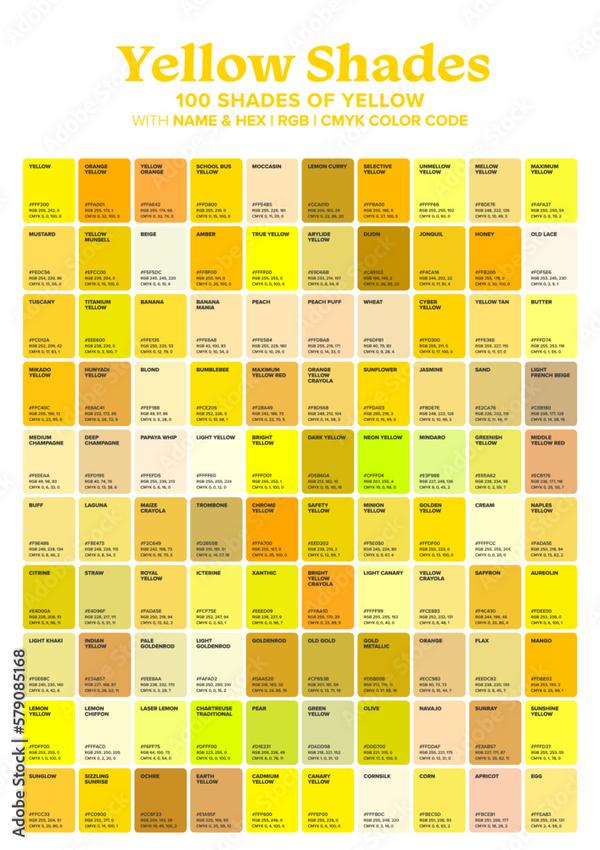
- Blue lights add a cool color cast by delivering high-energy blue light.
- Where blue light strikes, surfaces appear whiter or bluer than usual, masking their native color.
- Shadows lack this blue illumination and reflect mostly sunlight or ambient light, which appears yellow by comparison.
This effect can seem counterintuitive because shadows are generally darker or neutral. Here, a blue light source in an environment with ambient warmer lighting causes shadows to visually appear yellow.
3. Color Theory and Visual Perception
Human vision interprets color through complex processing involving three types of cone cells sensitive to red, green, and blue light. Viewing a blue-lit scene and its shadows triggers different cone responses. Key points include:
- Blue areas strongly activate blue-sensitive cones, making surroundings distinctly blue.
- Shadows removed from blue light show less stimulation of blue cones.
- Red and green cones dominate in these shadowed areas, producing a yellowish perception.
Additionally, the visual system employs an opponent-process mechanism. Blue and yellow are complementary colors. When blue light is strong, the absence of blue (such as in shadows) can manifest perceptually as yellow.
This contrast effect is similar to how your eyes can perceive colors differently against various backgrounds. The yellow shadow is essentially the observer’s brain filling in and balancing colors in reaction to the dominant blue light.
4. Optical Illusions and Misconceptions
The yellow shadows are not physical shadows tinted yellow by chemistry or physics changes. Instead, this is primarily a perceptual and optical phenomenon. Important clarifications:
- The shadow itself is not independently yellow; it lacks blue illumination.
- The surrounding blue light causes a color contrast that exaggerates yellowness in the shadow.
- The effect is comparable to “white balancing” a photo: a camera focuses on blue-lit areas, making shadows appear yellowish.
This effect also resembles the way laundry detergents with blue fluorescent brighteners make whites look brighter. Adding blue shifts perception away from yellow, so removing blue in shadows reveals the natural warmer colors.
5. Practical Examples and Analogies
Understanding this phenomenon is easier through analogies:
- Blue Sunglasses: Wearing blue-tinted lenses makes the world look cooler. Shadows or objects without blue illumination appear warmer, closer to yellow.
- Colored Lighting Theatre: Stage lighting with blue filters results in actors’ shadows appearing in warmer tones due to absence of blue light.
- Photography White Balance: Cameras adjust exposure to dominant light colors. A blue light source leads to compensation in shadows, enhancing yellows.
6. Summary of Why Yellow Shadows Appear Under Blue Lights
- Blue lights illuminate surfaces, but shadows block this blue illumination.
- Ambient light, typically warmer (yellowish), fills the shadows.
- The eye perceives these differences based on color contrast and complementary colors.
- The yellow color is a perceptual result, not a chemical or physical change to the shadow.
- Similar effects occur in other contexts involving color filters, lighting, and human vision adjustment.
Key Takeaways
- Yellow shadows form because blue light is absent where the shadow exists.
- Ambient or sunlight provides the warmer (yellow) colors seen in the shadows.
- Human vision contrasts blue illumination with shadowed areas, creating a yellow appearance.
- This phenomenon is based on optical and perceptual principles, not chemical changes.
- Color theory and opponent-process mechanisms explain the color contrast effect.
Can Anyone Explain How These Yellow Shadows Are Made from These Blue Lights?
Absolutely! The yellow shadows you see under blue lights happen because your body blocks the blue light, letting the natural, warmer ambient light—think sunset glow—show through. Your eye’s clever color processing then makes the shadow look yellow in sharp contrast to the blue-lit surroundings. Confused? Let’s break this down together.
Imagine you’re standing under a bright blue streetlight during the evening. The ground around you glows with that cool blue hue. But in the place where your shadow falls? A surprising yellow cast appears, like an art installation by modern street lighting. How? Why?
The Basic Mechanism: Blocking Blue Light Creates Yellow Shadows
Here’s the crux of the phenomenon. When your body stands between the blue light source and the ground, it blocks the blue light from reaching those parts. Shadows, technically, are areas with less light. In this case, the shadow isn’t illuminated by the striking blue light.
But the story doesn’t end there. The environment’s ambient light—usually the fading sunlight or other warm light sources—still reaches the shadow area. This ambient light tends to lean towards yellows and oranges, especially around sunset.
So, the shadow shows the ground illuminated by this warmer light, not the blue. The blue parts around it make that yellow appear sharper and more noticeable. It’s not the shadow creating yellow, but the shadow *revealing* the natural tone of the surface without blue light interference.
Perception Is Everything: How Our Eyes Trick Us
Your eyes don’t just passively see colors; they actively interpret them. The cone cells responsible for color vision react chiefly to red, green, and blue light. When blue light floods the scene, those cones tuned to blue activate. In the shadow where blue light is missing, the brain leans on red and green cone signals. Combined, red plus green stimulates your perception of yellow.
Think of it like your eye performing high-speed white balancing. It calculates the colors around and adjusts. In the presence of intense blue light, the non-blue shadowed areas appear yellowish simply by contrast. It’s a classic “contrast effect,” playing off the “opponent process” theory of color vision.
Another fun example: blue sunglasses make the world look yellower because they filter out other colors, biasing your perception. In this case, your shadow acts like the ‘filter’ blocking blue on the ground.
Color Theory and Physics: Complementary Colors at Work
Yellow is complementary to blue—meaning they sit opposite each other on the color wheel. When you block blue light, the resulting shadow acts like a “negative” of the blue. The absence of blue lets the yellow ambient light dominate.
It’s akin to the famous laundry detergent trick—those ‘optical brighteners’ work because adding blue light makes things look whiter by cancelling yellow tints. Similarly, blue streetlights flood the open ground, making the naturally yellowish stone or pavement around the shadow look bluish, enhancing the yellow contrast in the shadowed zone.
So the yellow shadow is basically the ground’s “normal” color under regular ambient light shining through. Only now it’s floating in a sea of artificial blue, making it pop.
Ambient Light Spectrum: Evening Lights and Blue Overlays
Most scenes where yellow shadows appear under blue lights happen near dusk. The setting sun throws off warm, yellow-orange light rich in longer wavelengths. However, blue lights supplement or even replace the missing short wavelengths. The blue glows overlay the natural scene, washing out yellows and reds.
Where your shadow falls, the blue light is absent, so you see warm ambient light unmasked by artificial color. This contrast creates the illusion of yellow shadows, especially on pavement or stone that naturally reflects warm tones.
Are Those Shadows Really Yellow? Or Just an Optical Illusion?
Well, technically, shadows contain little to no light—they’re more like “holes” where light is blocked. The yellow you see isn’t a pigment or added color but the exhibition of colored light hitting the surface without blue light present.
It’s a perceptual quirk. The brain compares the blue-lit regions to the shadow and paints the shadow with yellowish hues. So it’s almost an optical illusion, but a scientifically explainable one!
Common Misconceptions: Not Chemistry, Not Some Magical “Dress” Trick
One frequent mistake is guessing this is about chemical reactions or pigments changing under blue light. Nope. Colors here don’t come from chemicals or physics-altering stuff at the surface.
It’s simply about how light illuminates the scene and how eyes and brains process it. This isn’t “the dress” like the viral color debate—this is spectral lighting physics and visual perception team-up.
Practical Tips and Observations
- Try This at Home: Find a blue LED light and shine it on a yellow-ish surface in the evening. Shade parts with your hand. You’ll notice the shadows appear yellower compared to the blue-lit background.
- Photography Fun: Cameras auto-white-balance to areas in the frame. If a shadow has less blue light, it looks warmer. Experiment with changing light sources to see how shadows shift hue.
- Safety Note: Some blue streetlights may emit harmful UVC light, so don’t stare at them too long!
Summary: Why Those Yellow Shadows Make Sense
To recap, yellow shadows under blue lights happen because:
- Your body blocks blue light, removing its influence in the shadow area.
- The shadow area reflects ambient light that tends to be warmer and yellowish, especially near sunset.
- Your visual system perceives this contrast—blue-lit surrounds versus blue-absent shadows—which enhances the yellow appearance.
So next time you see a yellow shadow under a blue glow, you’ll know it’s nature, physics, and your brain collaborating in a neat color show.
Isn’t light science fascinating? What other everyday illusions could you uncover that mix physics with perception? And if you’re still unsure about those spooky yellow shadows, just remember: it’s all about which light reaches your eyes—not magic!
Why do shadows appear yellow when illuminated by blue lights?
Shadows block the blue light source. This means no blue light reaches the shadowed area. Instead, ambient light, which is warmer and more yellow, is visible. The contrast between blue-lit areas and shadow makes the shadow look yellow.
Is the shadow actually yellow or is it an optical effect?
The shadow isn’t truly yellow. It looks yellow due to how our eyes perceive color contrast. Blue light surrounds the shadow, making the shadowed area appear more yellow by comparison. This is a perceptual effect, not chemical.
How does our visual system cause the yellow shadow effect?
Our eyes have cones sensitive to red, green, and blue light. When blue light is blocked, red and green cones activate more in that area, producing the perception of yellow. This is a result of color processing and white balancing in the brain.
Does the color of ambient light affect shadow color under blue lights?
Yes. Ambient light, often from the sun, tends to be warmer or yellowish, especially near sunset. The blue lights overlay the scene; when blocked, shadows reveal this ambient warm light, making the shadows appear yellow.
Can different colored lights cast shadows of different colors?
Yes. Shadows often show the complementary color of the blocked light. For blue light, the shadow looks yellow, which is opposite on the color spectrum. For other light colors, their shadows may appear in corresponding opposite hues.


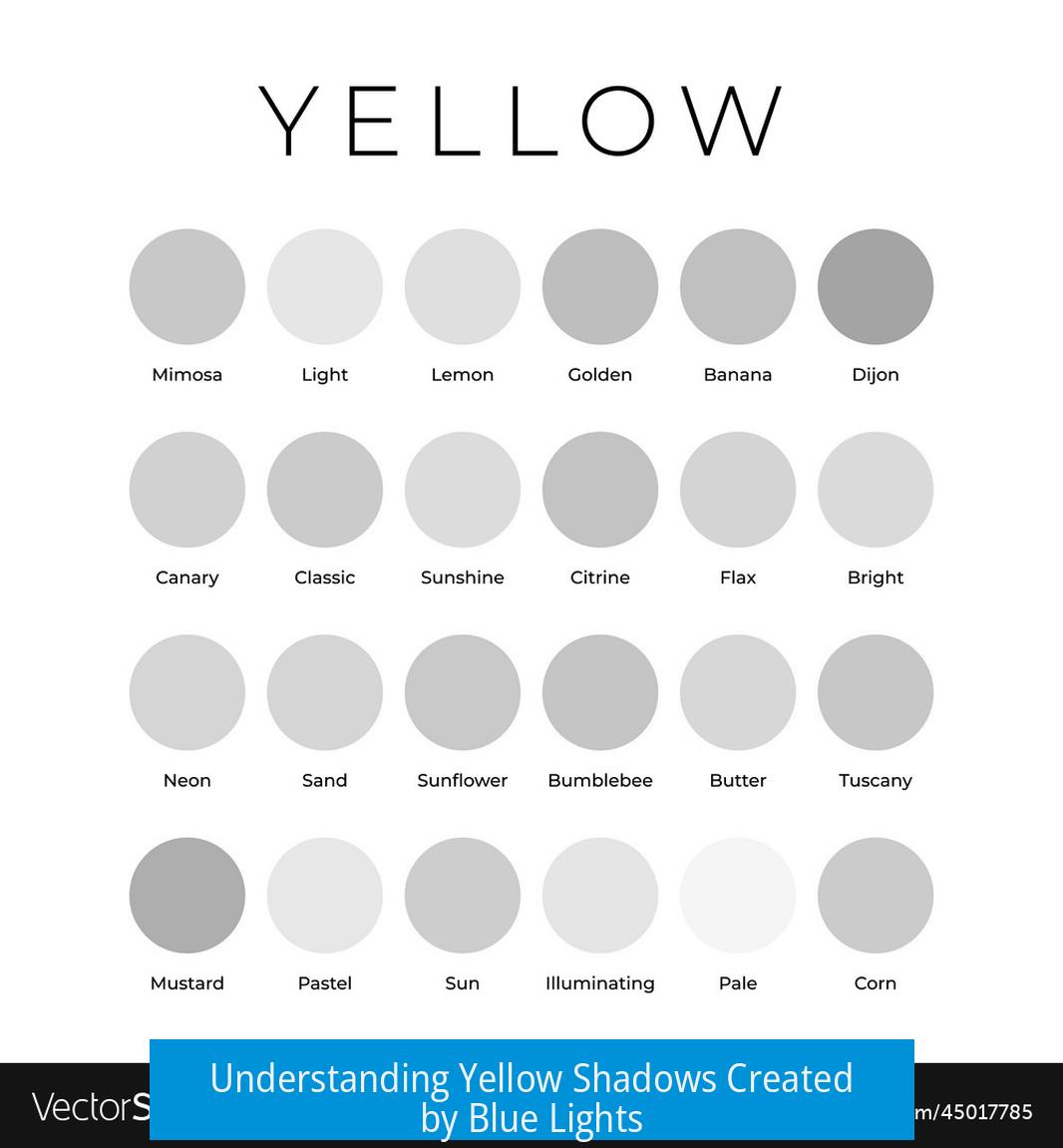
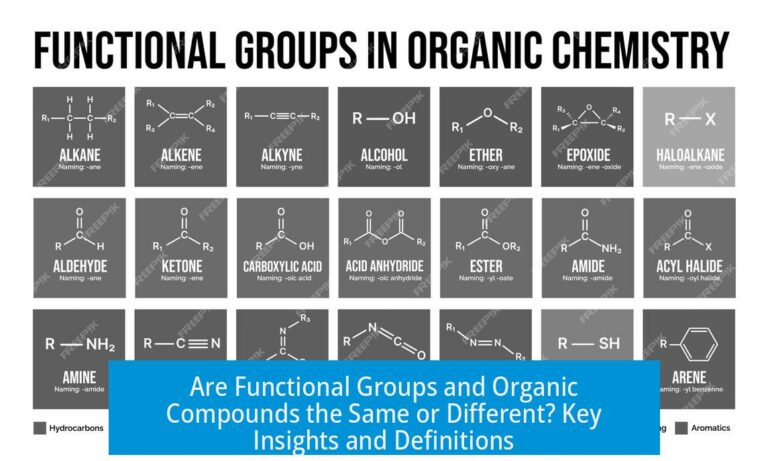
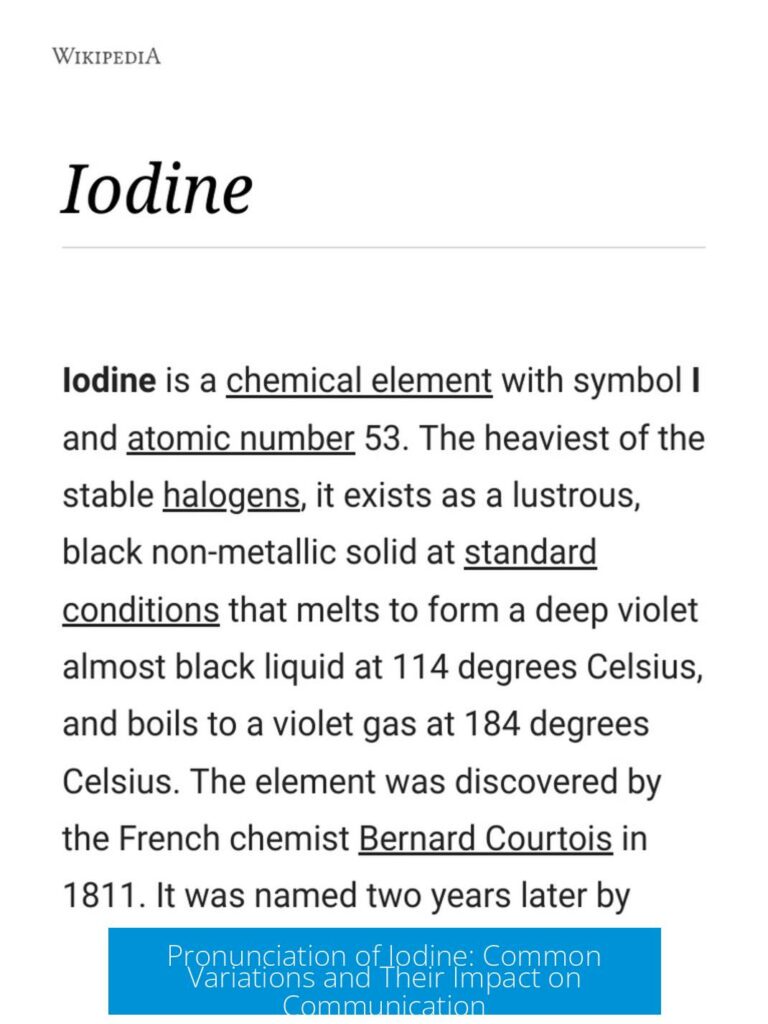
Leave a Comment